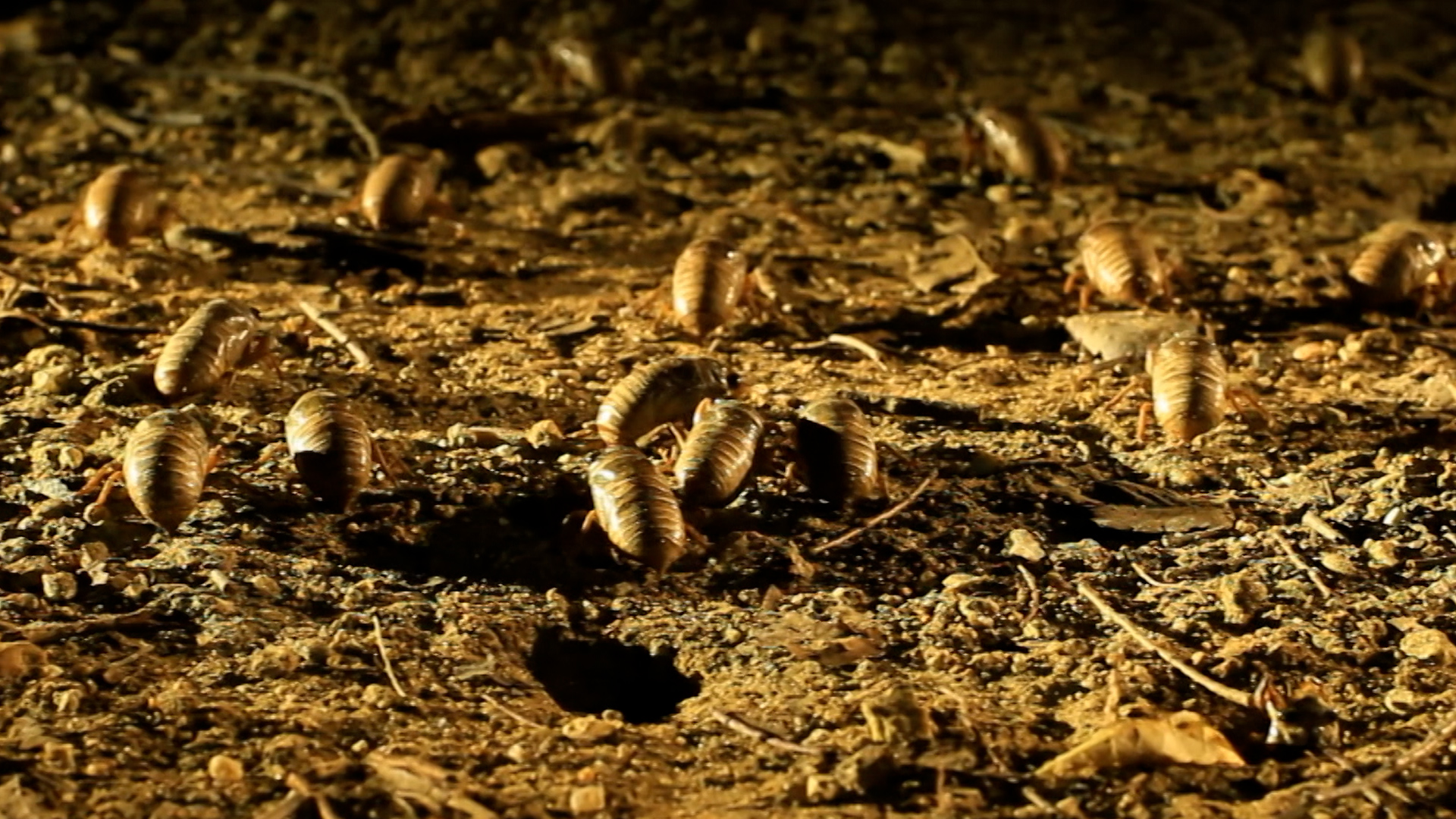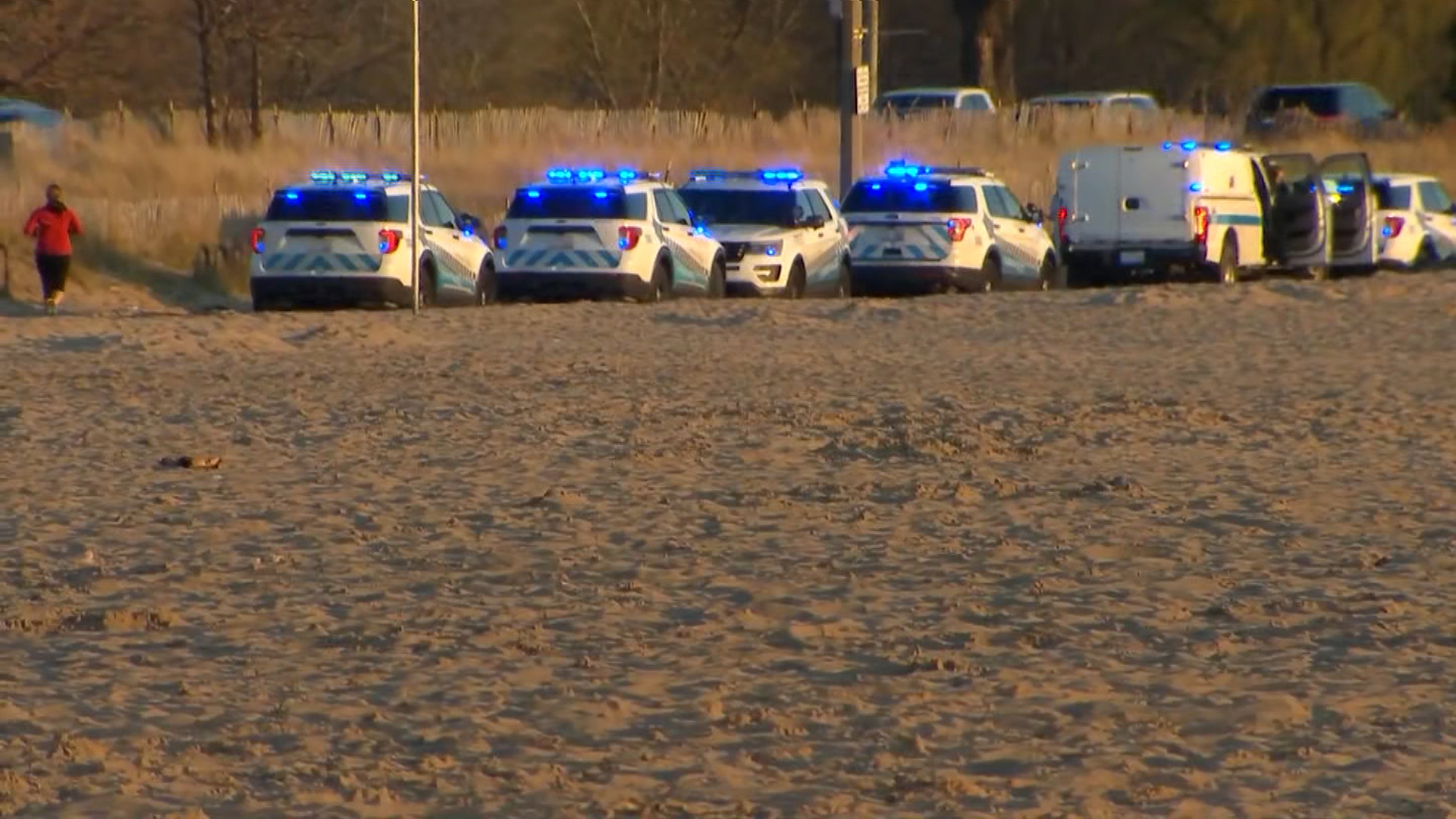The long-secret Inspector General’s report released Wednesday by the city of Chicago reveals a highly critical look at police officers involved in the 2014 shooting of Laquan McDonald, particularly Jason Van Dyke, who the report claimed violated police rules, filed false reports and made false statements about the shooting.
Van Dyke was convicted of 16 counts of aggravated battery last October in the death of 17-year-old McDonald, who Van Dyke fatally shot 16 times. He was sentenced earlier this year to 81 months in prison.
The report details the sweeping extent to which a dozen or so sworn officers of the Chicago Police Department appear to have worked together to tell a false story of a suspect who had threatened – even injured – several officers and whom police were clearly justified in shooting.
Even shortly after the shooting, when some officers viewed the now-famous dash-cam video of McDonald’s last minutes, they held firm in describing a scene that mirrored their fellow officers' accounts, as opposed to the events that were clearly seen when the video was finally made public more than a year later.
Some takeaways from the report:
-A surprising number of squad cars had video and/or audio that didn’t work that night, limiting what investigators could examine.
-Cook County officers rolled up to the scene shortly after the shooting and checked McDonald's pulse as Chicago police officers stood around waiting for an ambulance.
-Many officers explained their stories by focusing on "perception" – and the idea that an officer’s "perception" of a situation – where he or may be in a life-or-death situation can override what may have really happened.
-The OIG recommended discipline for far more CPD officers than actually were disciplined.
-Some officers pled ignorance after the fact, relegating their roles to simply signing off on other officers' accounts – or never really witnessing the shooting - seemingly trying to separate themselves from any officers who might have "conspired" to create an alternative story line for what happened that night.
The 6,000-plus-page report was made public for the first time after a City Council ordinance passed last month gave Chicago's corporation counsel the power to release any reports by Inspector General Joseph Ferguson when they involve "sustained findings regarding conduct that either is associated with a death or is, or may be, a felony as defined in the Illinois Criminal Code and is of a compelling public interest."
Previously, such reports were kept confidential by law. The Fraternal Order of Police has vigorously opposed releasing Ferguson’s materials.
Ferguson recommended the firing of 11 individuals. In the end, the Chicago Police Board voted to fire one sergeant and three officers.
Van Dyke's partner Joseph Walsh, as well as officer Thomas Gaffney and Detective David March were accused of engaging in a cover-up of the events of that evening, but were found not guilty after a trial last January. Walsh and March resigned, but Gaffney remained on the force.
"The report confirms our contention throughout these court proceedings. Jason Van Dyke was taking the fall to protect the politicians and police command staff who determined the shooting was justified before realizing there would be a huge public outcry," Van Dyke's attorney Dan Herbert said in a statement Wednesday. "Chicago Police Department policy and training at the time justified the decision to shoot. Moreover, Illinois law held that police can shoot fleeing felons which Laquan McDonald was when the shooting occurred. That law remains on the books today."
Van Dyke made false statements, material omissions
Local
Ferguson's report asserts Van Dyke "violated CPD Rules and Regulations" during subsequent investigations of the shooting including making "numerous false statements and material omissions during his subsequent interviews with CPD and the Independent Police Review Authority."
The report says Van Dyke filed a false Tactical Response Report and a false Officer’s Battery Report. "Van Dyke’s false reports, false statements, and material omissions all served to exaggerate the threat McDonald posed," the report says.
"Notably, all of Van Dyke’s false statements served to materially exaggerate the danger McDonald posed to Van Dyke and Walsh," the report states. "In this context, Van Dyke’s statements can be seen as a deliberate attempt to establish the false narrative that a back-pedaling Van Dyke shot an onrushing McDonald in response to McDonald’s potentially deadly knife attack. 813R’s dashcam video puts a lie to Van Dyke’s narrative and proves it has little basis in reality."
Ferguson ultimately recommends that "CPD immediately discharge Van Dyke and refer him for placement on the ineligible for rehire list maintained by the Department of Human Resources."
Details on how others allegedly helped cover up the crime
The report names numerous officers involved in the case, alleging many aided in attempting to cover up the crime.
Among those was former CPD lieutenant Anthony Wojcik, who supervised the investigation. He was never charged in the case and resigned in May 2016.
"Wojcik made false statements and misleading characterizations in CPD reports he authored and approved, which served to exaggerate the threat McDonald posed," the report states. "Additionally, Wojcik improperly disposed of three original general progress reports containing CPD detectives’ handwritten notes of the statements three civilian witnesses made the night of the shooting. Prior to disposing of the original reports, which disposal he failed to document, Wojcik personally recreated the reports. However, Wojcik did not ask the detectives who had taken the statements to review the recreated reports for accuracy and did not inform them of his recreation of their original reports until several months after CPD officially closed its investigation of the shooting."
The report also accused Officer Daphne Sebastian, who was at the scene the night of the shooting and later fired by the police board, of making false statements.
According to the report, Sebastian lied when she said McDonald turned toward offiers Walsh and Van Dyke and continued to wave a knife. She also said McDonald ignored verbal directions to drop the knife and conitnued to advance toward Van Dyke and Walsh. She also said McDonald continued to move after fall to the ground.
Officer Janet Mondragon, who was fired along with Sebastian and Officer Ricardo Viramontes, told invetigators she didn't see what happened because she was looking down, shifting her squad car into park. Dashcam video, however, shows she was moving when the shooting happened.
The report says "it is unreasonable to suggest that that it took Mondragon so long to move the transmission of a vehicle she was amply familiar with into park that she missed the entire interlude during which Van Dyke repeatedly shot McDonald – a period of time which appears to have lasted approximately 14 seconds."
Sebastian, Mondragon and Viramontes were never criminally charged and have since filed a lawsuit alleging the police board's decision to fire them was unlawful.
Sergeant Stephan Franko, who was assigned as a street supervisor the night of the shooting and signed off on the officers' battery reports at the time, is accused in the report of attempting to lie about his role.
"Throughout Franko’s OIG interview, he attempted to deny or minimize his role on the scene and at Area Central. His denial is not credible in light of multiple witnesses stating they believed Franko was involved in the creation of the TRRs and OBRs," according to the report.
Franko told investigators that he relied on other officers' accounts of what happened the night of the shooting saying, "I was not a part of the investigation." He also insisted to investigators that dashcam video showing "an 'attack with weapon.'" He added that he "failed to check the box" to indicate that audio and video was not working on several of the police vehicles present the night of the shooting.
"Franko’s endorsement of those false statements served to establish the false narrative that McDonald initiated an attack on Van Dyke and Walsh," the report states.
Sergeant Daniel Gallagher, who supervised the lead investigator in the case, was among those accused of making false statements "to materially exaggerate the threat posed by McDonald."
"Gallagher’s failure to ensure that Detective March conducted a complete, thorough, properly documented, and professional investigation constitutes incompetence in the performance of his duties," the report states.
Other officers, including March, "make clear that Gallagher was directly involved in the creation of the report" about the night McDonald was killed. Any idea that Gallagher had only a supervisory role "is belied by the fact that he is listed as an author of the document," the report says.
Two other officers, Leticia Velez and Arturo Becerra, failed to record the events with their squad car and failed to notify their supervisor about their system's inoperability, the report claims.
"Velez’s failure to follow CPD’s in-car video system protocols prevented CPD from collecting potentially important, objective, technology-based evidence of the McDonald shooting," the documents state.
The report determined another officer, Joseph McElligott, violated two rules -- disobedience of an order and incompetency in the performance of a duty -- by "failing to audibly record events with his in-car video system."
Investigators admit there is no evidence showing that McElligott knew that the video wasn’t working in his squad car, which had suffered a "disc error" caused by a previous video.
"With respect to the audio, however, McElligott admitted that he did not attach the microphones to his person."
That failure, the investigation states, "prevented CPD from collecting potentially important, objective, technology-based evidence of the McDonald shooting. As a result, investigators are now forced to rely on McElligott’s subjective unrecorded oral account of the shooting."
Cook County Sheriff's officers say McDonald was alive after the shooting
Officers Adam Murphy and Jeff Pasqua with the Cook County Sheriff's office arrived at the scene just after the shooting, according to accounts they gave after the shooting.
"McDonald was lying on the pavement, gasping for his last breath of air," Pasqua reported.
He noted that CPD officers were "standing around" and talking to each other. Officer Murphy told investigators that CPD officers did not respond to him when he asked if they needed assistance.
"I see there’s blood all over the pavement. [McDonald] was kind of gurgling when he was sitting there. I remember his mouth was going open and closed like he was trying to gasp for air. And I looked for everybody else, and they were kind of standing there. I just started taking my gloves—my rubber gloves out to check for a pulse and to see if I could render aid."
Officer Murphy said that he heard someone say an ambulance was en route. The report notes that both Officers Murphy and Pasqua recalled watching “McDonald take his final breaths.”
"At no time did any CPD officers attempt to provide aid or comfort McDonald," Officer Murphy stated. "That’s why I needed to go up to him."



